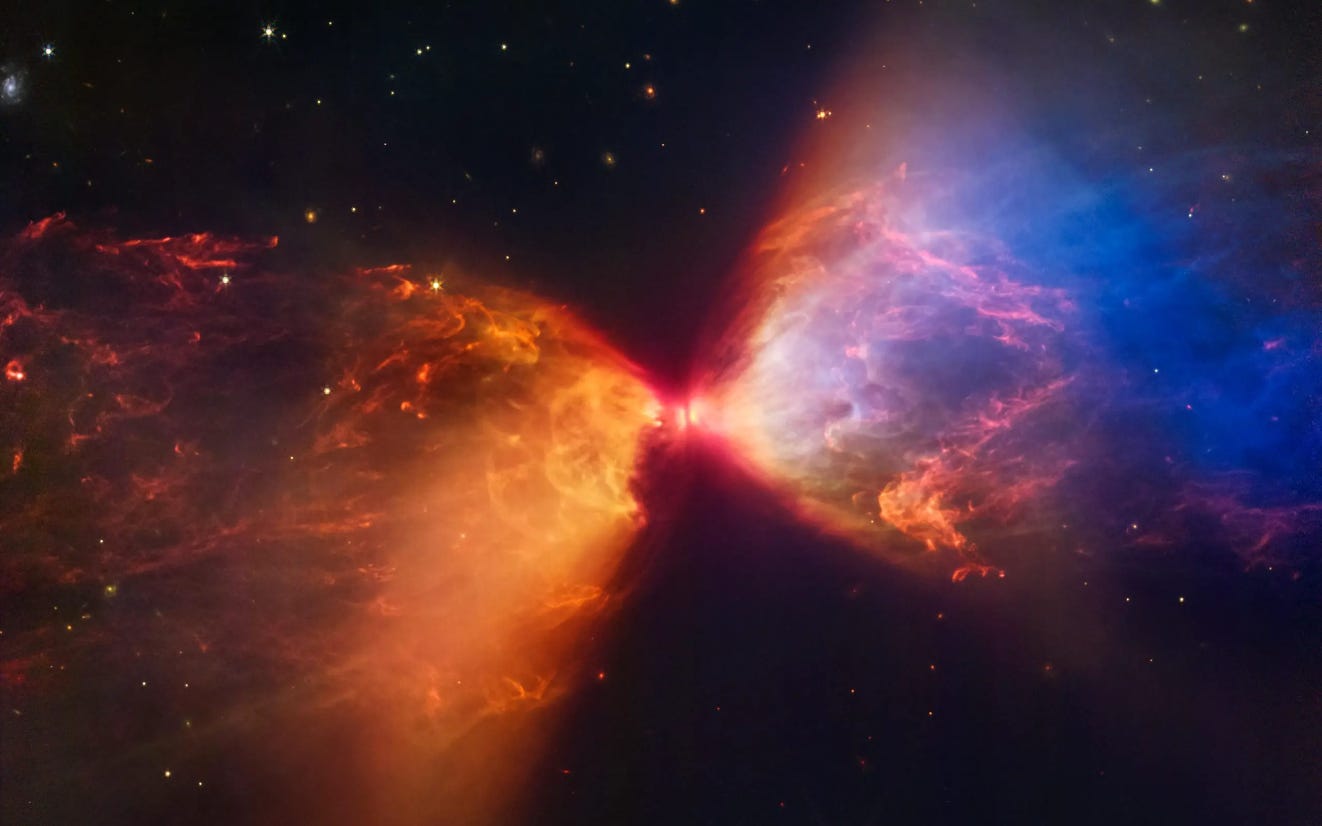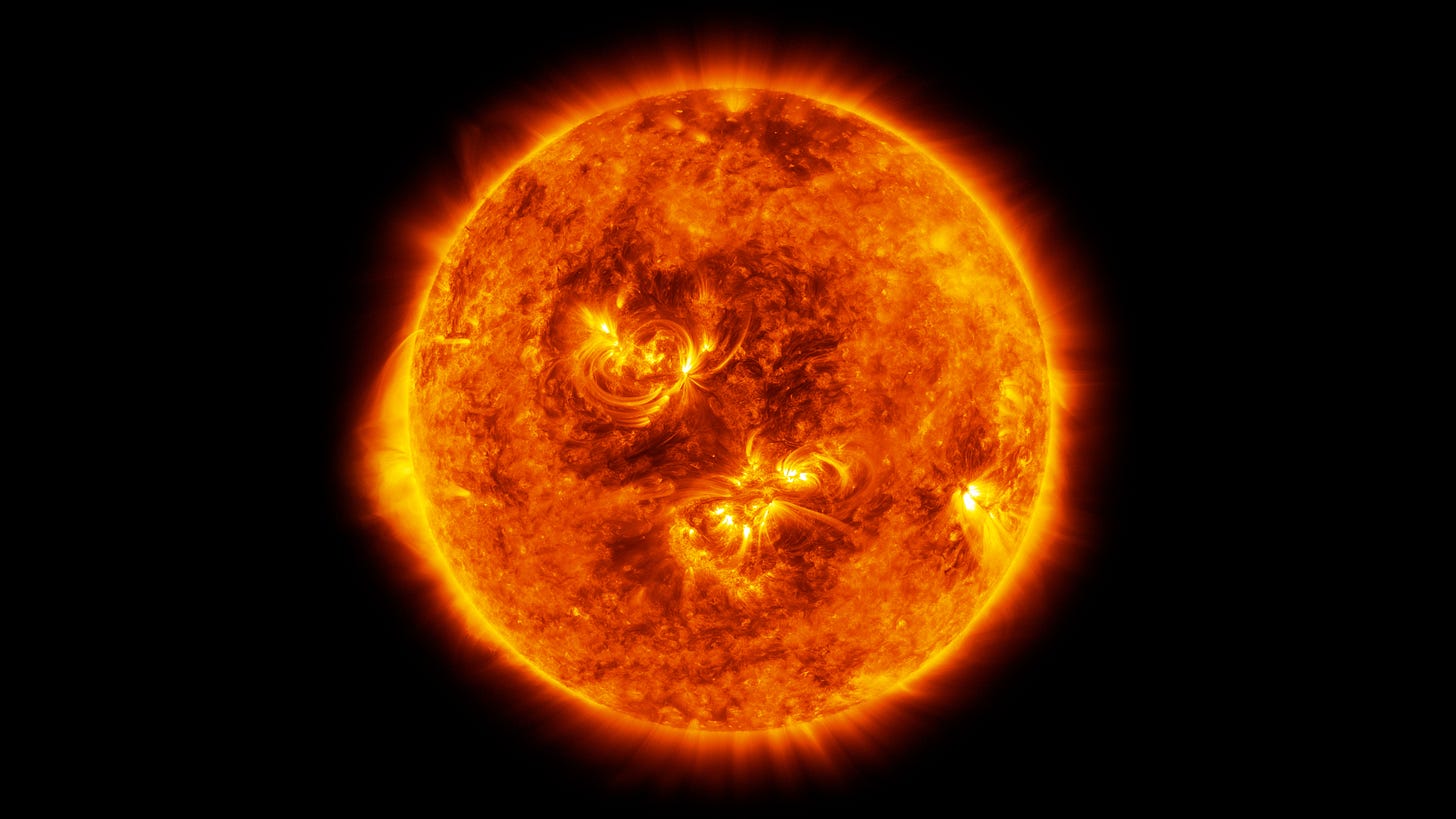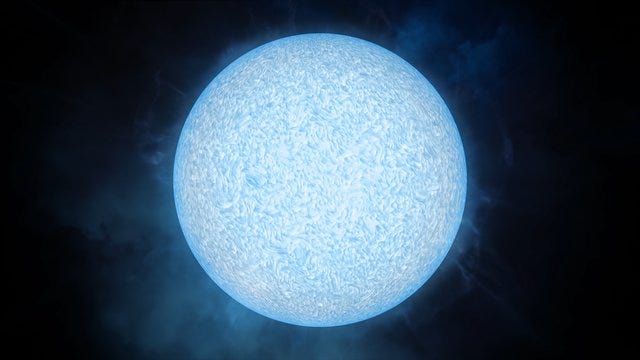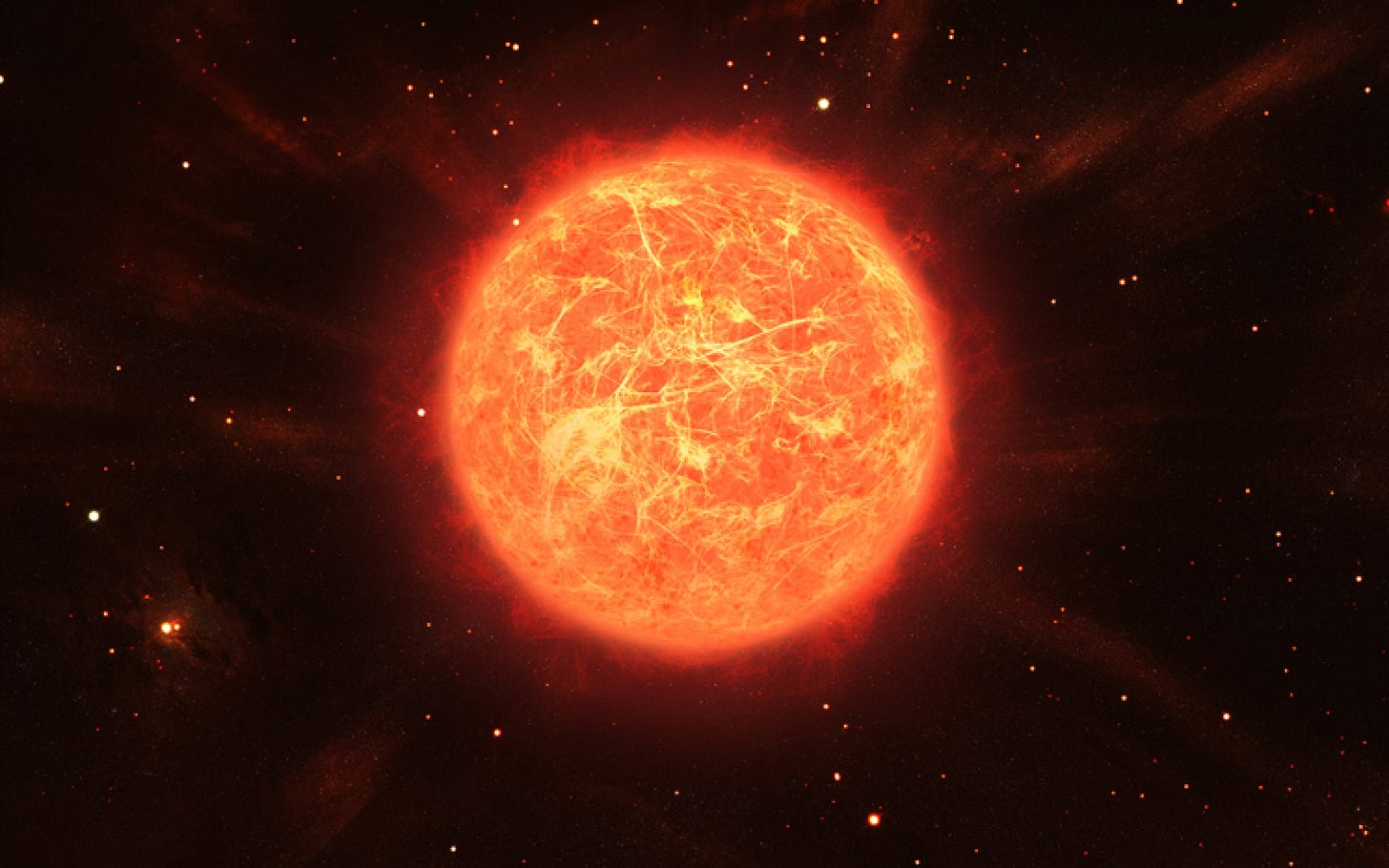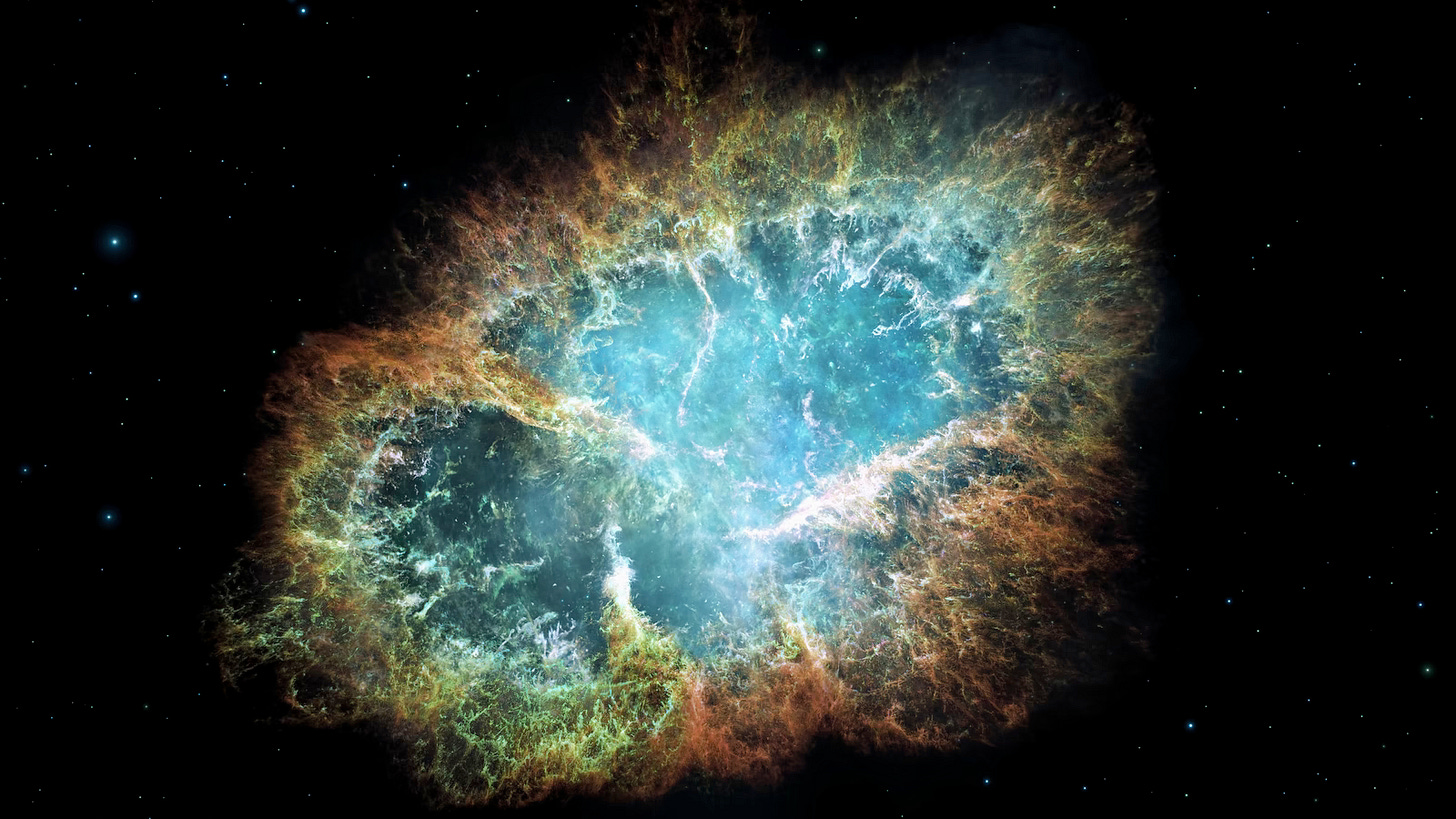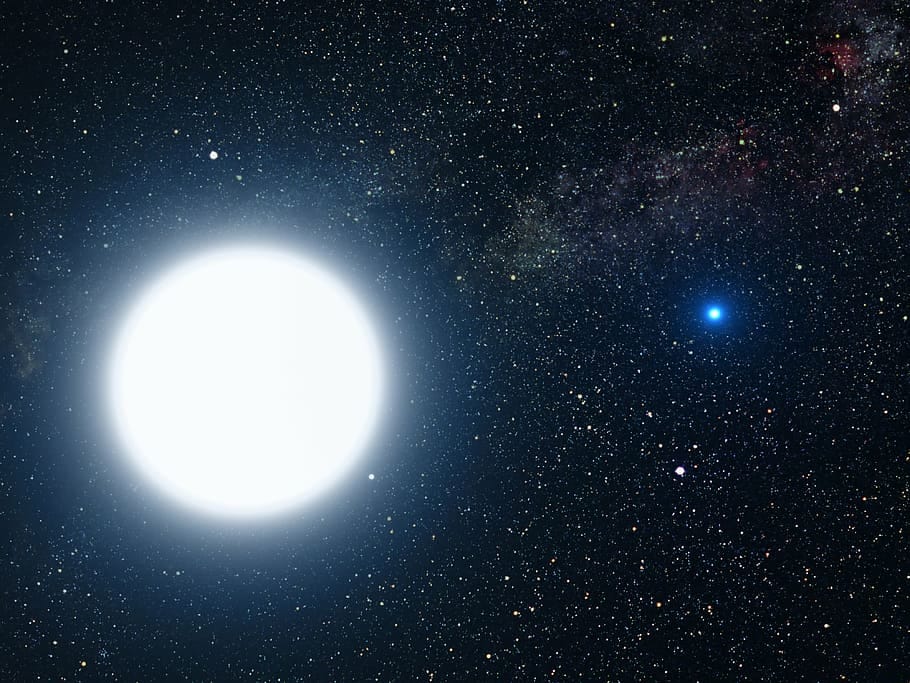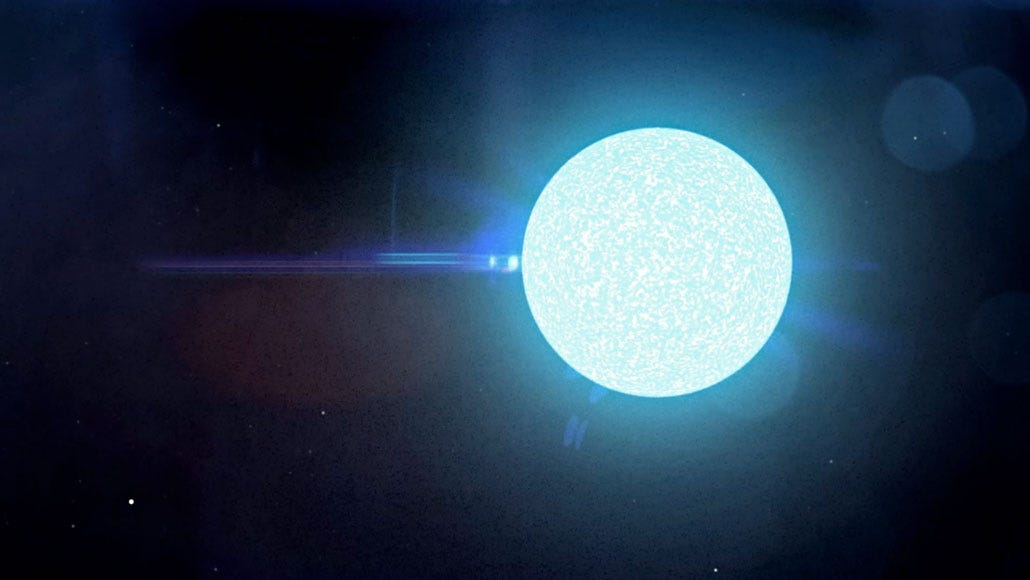Understanding stars and common terms related to stars
You might have heard terms like red giants, dwarfs, and supernovas but have you ever stopped to wonder what they are? This post will help you understand these common terms.
You might have heard terms like red giants, dwarfs, and supernovas but have you ever stopped to wonder what they are? This post will help you understand these common terms.
Protostar
A Protostar is a dense collapsing cloud of gas and dust in the early stages of star formation. They are formed by the gravitational collapse of a molecular cloud. A molecular cloud is a large, cold, and dense cloud of gas and dust in space mainly composed of hydrogen, helium, and carbon monoxide. As a protostar forms, it begins to contract and heat up until it reaches a temperature where nuclear fusion begins. Nuclear fusion releases a huge amount of energy. Thus a star is formed.
Main Sequence Stars
Main sequence stars are stars that are young and full of fuel and energy. They fuse hydrogen in their core to produce energy. These stars are the most common type of stars in the universe. Our sun is a main sequence star. Main sequences can be larger or smaller than our sun. They generally are however larger than dwarf stars and smaller than giant stars.
Blue giant stars
Blue giants are very massive and luminous stars that have high surface temperatures and emit most of their energy in the ultraviolet part of the spectrum, which gives them a blue-white color. Like the main sequence stars, blue giants also fuse hydrogen to produce energy but the main difference is that unlike the main sequence stars, their hydrogen is running out.
Red giant stars
Red giant stars are stars that have run out of hydrogen and have started to fuse helium or heavier elements to produce energy. This causes their cores to contract and their outer layers to expand. This makes it larger and brighter than other stars. Despite being bright, the red giants have relatively low temperatures.
Supernova
When a star reaches the end of its life, it completely runs out of fuel and begins to collapse. This causes the star to become extremely dense and hot. This triggers a massive explosion that can outshine an entire galaxy. The explosion releases a large amount of heavy elements into the surrounding. This plays a large role in the formation of other stars. The supernova stage happens only to stars that are 8-20 times the mass of our sun. Smaller stars like our sun, will turn into white dwarfs
White Dwarfs
White dwarfs are extremely dense remains of stars. After a small or medium size star exhausts its fuel, it sheds its outer layers to become a white dwarf. In this process, the star becomes extremely small. Mass-wise, it would be like compressing a watermelon into the size of its seed. In this state, the electrons in the white dwarf are so densely compressed that they refuse to compress further. This state of matter is called electron-degenerate matter.
Neutron Stars
Once a star undergoes its supernova stage, it crushes protons and electrons together to form neutrons. It becomes an incredibly dense object composed entirely of neutrons. Neutron stars are even denser than white dwarfs. While they are typically only 10-20 km wide their mass can be greater than the sun. They are the second most dense objects in the universe other than black holes.


